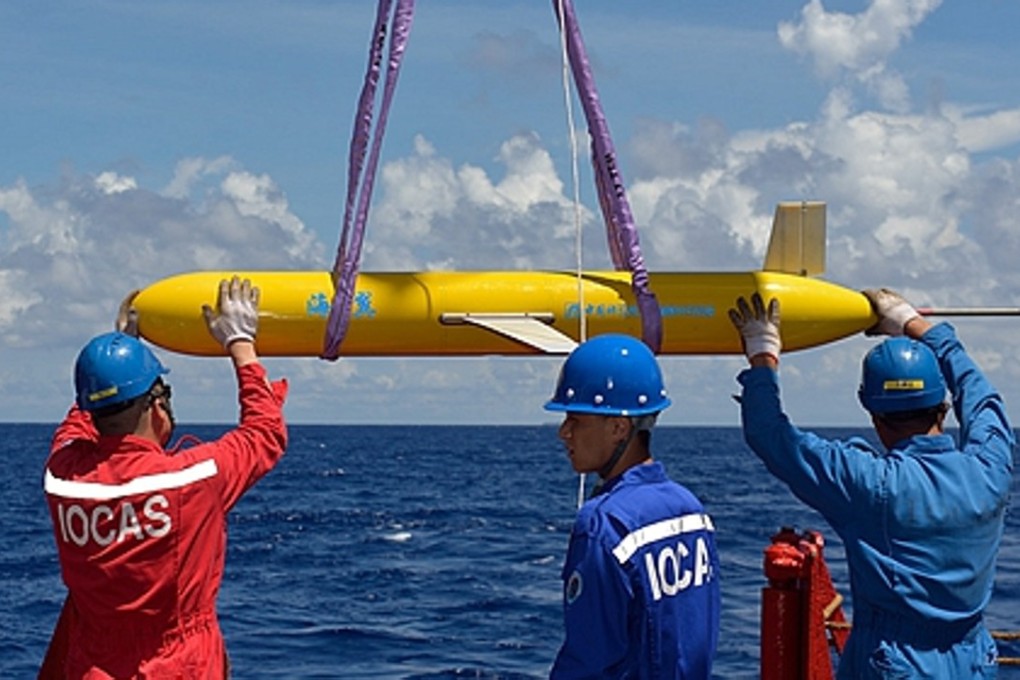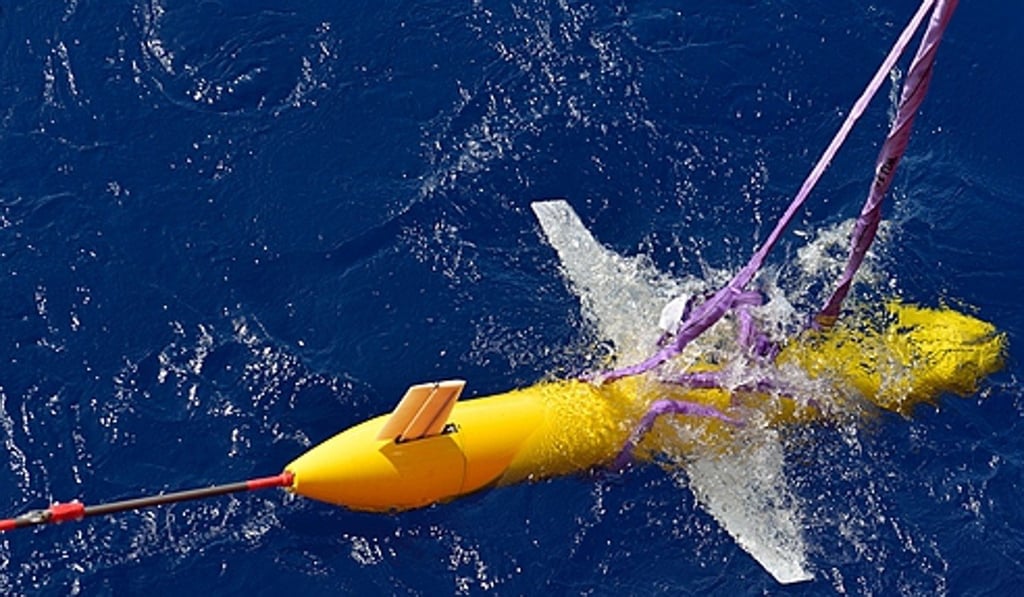Why Beijing is speeding up underwater drone tests in the South China Sea
Beijing has dropped a dozen undersea gliders designed to instantly send back data collected in the disputed waters

China is testing large-scale deployment of underwater drones in the South China Sea with real-time data transmission technology, a breakthrough that could help reveal and track the location of foreign submarines.
A government research vessel dropped a dozen underwater gliders at an unspecified location in the South China Sea earlier this month, Xinhua reported on Saturday. It was the biggest joint operation conducted by Chinese unmanned gliders, according to the state news agency, and comes as the US vows to step up patrols in the disputed waters.
This latest effort by China to speed up and improve collection of deep-sea data in the South China Sea for its submarine fleet operation, coincides with US President Donald Trump’s reported approval of a plan to give the United States Navy more freedom to carry out patrols in the South China Sea – a move analysts say will add to uncertainties over Sino-US relations and regional security issues.

The plan, submitted to the White House in April by US defence secretary Jim Mattis, outlines a full-year schedule of when US navy ships will sail through contested waters in the South China Sea, the far-right Breitbart News website cited a US official as saying on Friday.
Such a move could be seen as a challenge to China’s maritime claims in the disputed waters.
Yu Jiancheng, chief scientist of the expedition commissioned by the Chinese Academy of Sciences, said the 12 Haiyi (or “Sea Wing”) autonomous underwater vehicles would roam for one month and collect detailed information in the ocean on a host of topics including temperature, salinity, the cleanness of water, oxygen level and the speed and direction of sea currents.